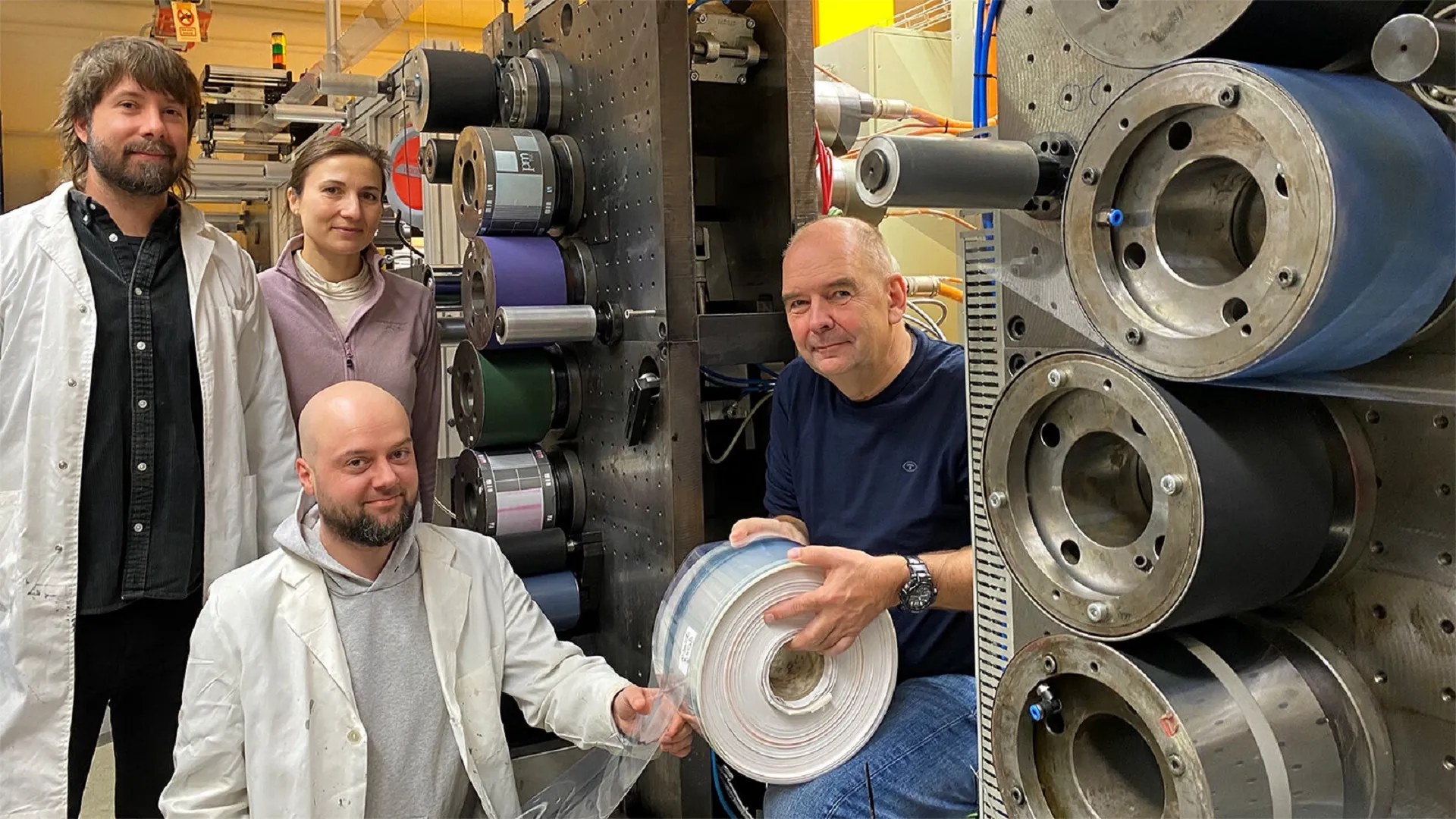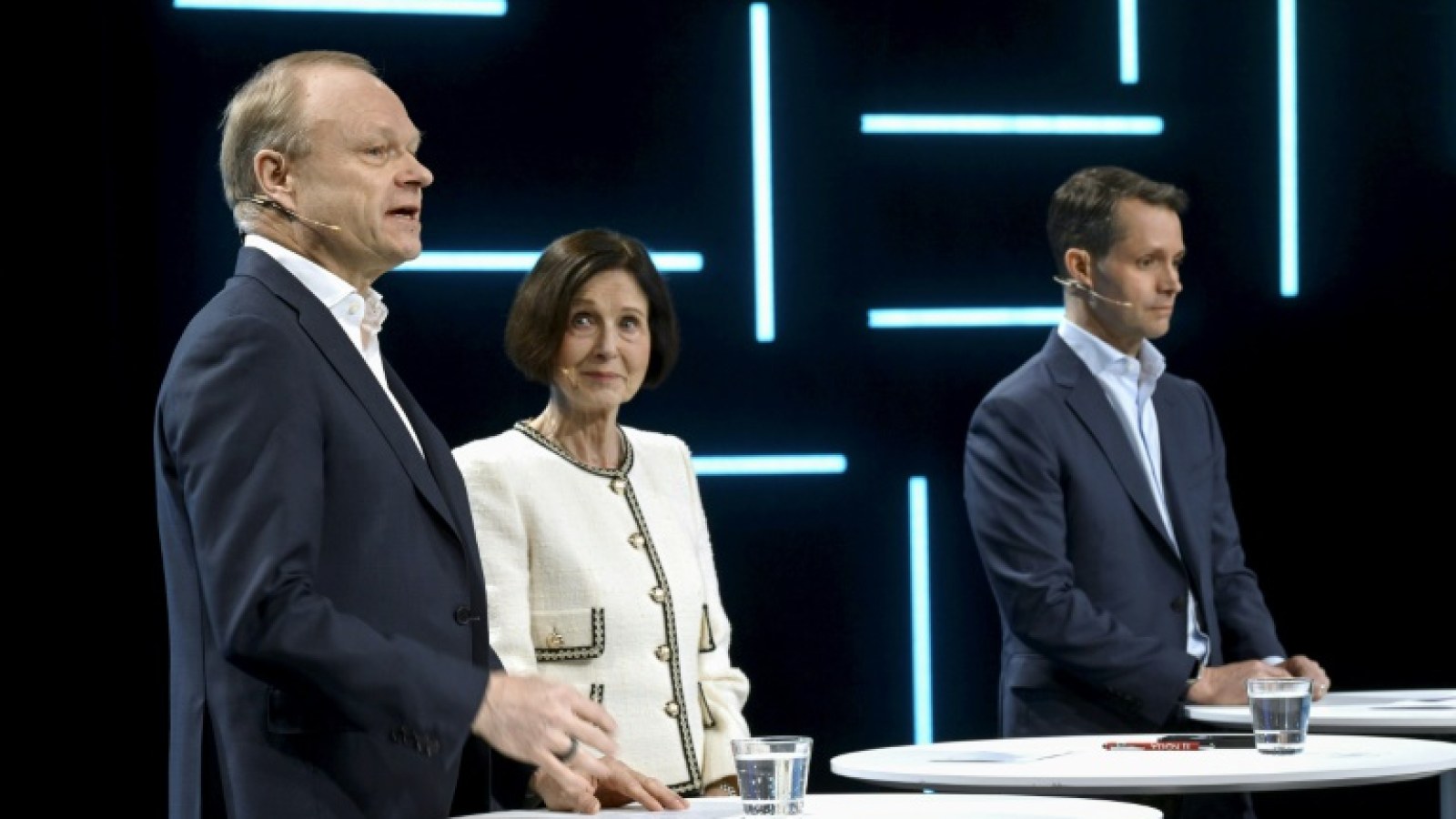Copyright Interesting Engineering

Researchers in Germany have achieved a massive breakthrough after they printed solar cells that are not only more efficient but also far more durable than previous generations. Led by Arved Hübler, PhD, a professor at Chemnitz University of Technology’s Institute for Print and Media Technology, the team made headlines when they unveiled they unveiled the world’s first solar cell printed on paper in 2011. However, although groundbreaking, that early prototype had an efficiency of just 1.7 percent and a short lifespan. After 14 years of refinement, the team has now boosted the cell’s performance to an impressive nine percent. “While we proved that it was possible, the performance wasn’t yet convincing, with an efficiency of only 1.7 percent and very limited durability,” Hübler stated. In addition, the latest version comes with an improved long-term stability and a production yield above 88 percent. The researchers believe it represents a vital step towards scalable, flexible and affordable renewable energy. Printing the future Hübler explained more about the laboratory process, and added that the cells printed at the university use the polymer blend PM6:Y12, which is embodied in five additional layers. “Organic semiconductors are located in the central, photoactive layer of the solar cell and convert incoming light into an electron current,” he said. The layers make it possible to extract and utilize the generated electrical power. The layers are printed like pages in a magazine using a roll-to-roll press, where liquid functional inks are applied and dried in succession. “These inks aren’t used for their color, but for their electrical properties,” he continued. As a result, the solar cell can be manufactured quickly, cheaply and at low energy cost. This greatly differs from the energy-intensive process used for silicon panels. Additionally, this process could produce entire square kilometers of solar material in just a fraction of the time needed for conventional panels. From ink to energy The achievement was accomplished as part of the German Research Foundation (DFG)-funded research group “POPULAR – Printed & Stable Organic Photovoltaics with Non-Fullerene Acceptors.” Scientists from several German universities are now testing how the printed cells age under accelerated stress conditions. The goal is to understand exactly how and why performance degrades over time. In six weeks, the Chemnitz-printed cells will be compared fresh samples following aging tests conducted at Friedrich-Alexander University Erlangen-Nürnberg. Data from these tests will feed into detailed simulations to help the team fine-tune the design and materials for future generations of printed photovoltaics. Printed solar cells hold great promise for future solar technology. “Today’s solar cells are relatively inexpensive despite their energy-intensive production – largely because they are manufactured in China using low-cost coal-based electricity,” Hübler said. “The next generation of solar technology must be produced far more efficiently, and printing offers an ideal solution,” Hübler added in a press release. He stated that large areas of solar cells can be printed quickly and efficiently on paper or plastic film for easy market deployment.



